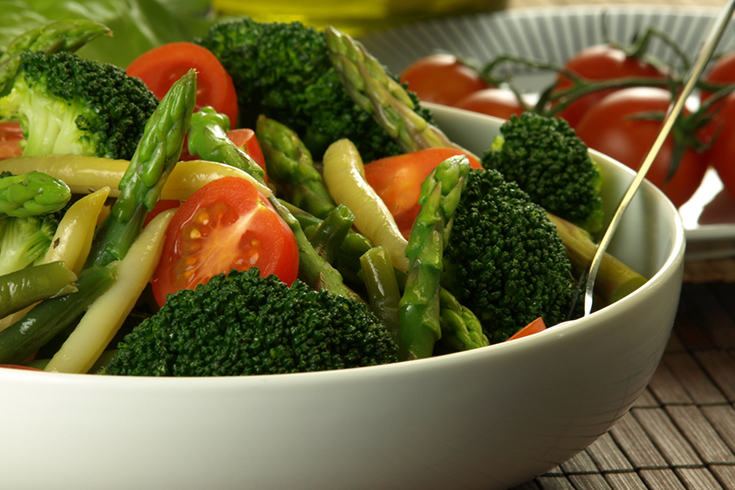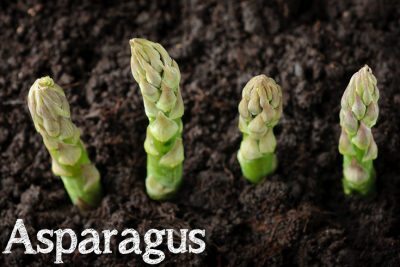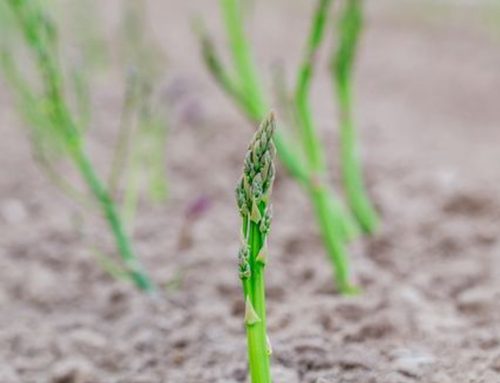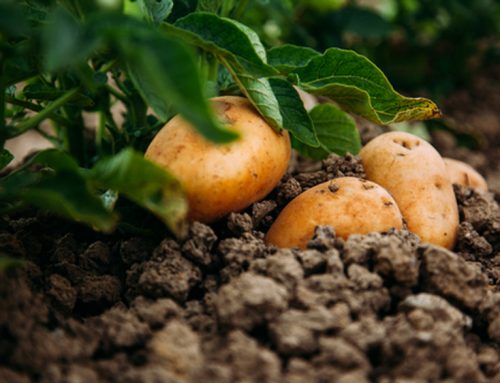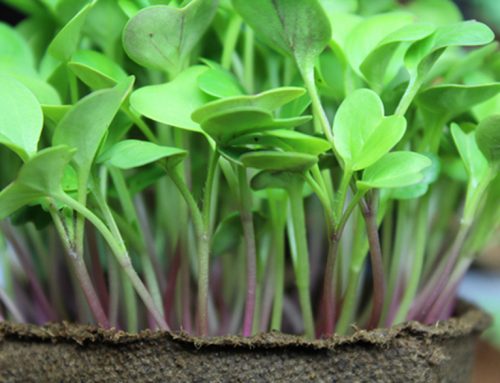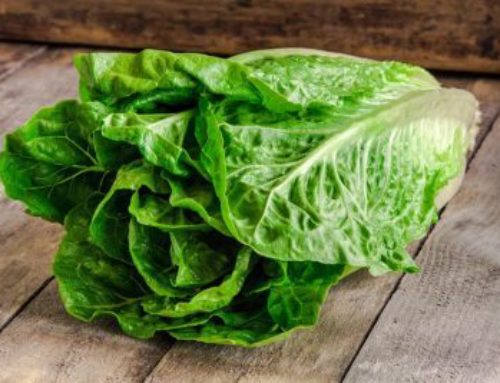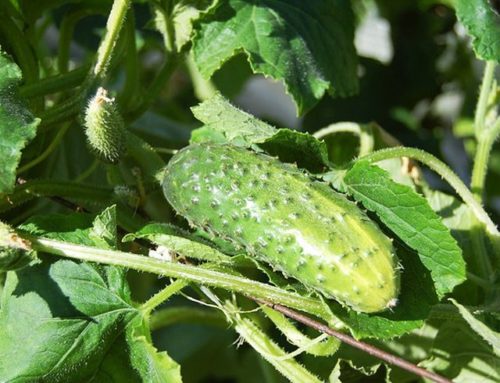When space is at a premium in the garden, but you want to grow vegetables, it makes sense to grow things that taste better fresh from the garden and are expensive to buy in the shops.
Asparagus really fits the bill, what’s more it is easy to grow, tastes divine, even in small quantities and once established will grow for years and years.
Step 1: Planting Asparagus
Choose a sunny, well-drained site sheltered from stong winds. Dig over the area thoroughly and incorporate plenty of well-rotted organic matter. If the soil is poor dig in Gro-Sure Vegetable Growing Compost. If you only want a few plants these can be planted into individual, flat-bottomed holes. If you want a large permanent bed of asparagus then its best to dig out a planting trench. Dig out a planting area that is 20cm (8inches) deep and at least 30cm (12inches) wide.
Step 2
Gently spread the roots of each asparagus crown out over the surface of the soil in the trench/hole, so that they lie flat on the surface and make good contact.
Step 3
Cover over with 5cm (2inches) of sifted soil straight away, it is very important not to let the crowns dry out. As the plants start to grow continually cover them over until there is a mound of good soil over the top of them. Do not harvest the spears of asparagus in the first year at all. Allow them to grow into ferny foliage and establish. Next year, if possible resist the temptation again; it will pay off in the long run. In the third season you can harvest spears when they reach 15cm (6inches tall).
Asparagus likes an open , sunny spot, and needs light, preferably sandy soil, although can be grown in any soil as long as it is free draining and reasonably fertile. Ideally in the autumn before planting, dig the bed and incorporate plenty of oganic matter, such as Gro-Sure Farmyard Manure.
Keep the plants well watered throughout growing season and hand weed to prevent damaging roots. Feed with Growmore fertiliser before spears emerge.
Asparagus Pests & Diseases
Asparagus is usually pest and disease free. Slugs are likely to be the worst problem and will make holes in the spears. Try using Eraza Slug & Snail Killer to protect your plants as soon as the spears start emerging. Asparagus beetle can also be a nuisance.
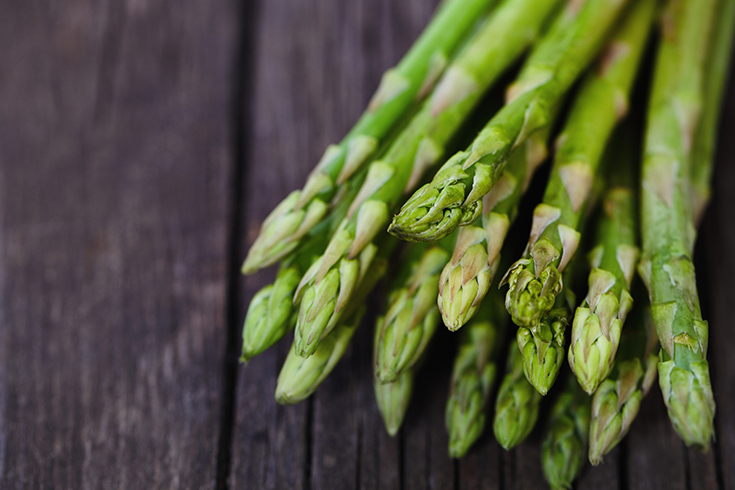
Harvesting Asparagus
Remember do not cut spears in the first year but allow them to develop into ferny growth. In the second year it is possible to remove one or two spears but no more. In the third year harvesting spears can be harvested by cutting with a sharp knife once they reach 4-5 inches.
Storing Aspargus
Asparagus is best used from fresh, but it can be stored for a couple of days in the fridge if stood in a jug of cold water.
